In 2021, Venice celebrated its 1600th birthday. Its long history involves numerous intrigues, 120 doges, several oppressors such as Napoleon and Austria, as well as many battles amongst others with the Turks. As it’s not always possible to differentiate the historical facts from the legends, I will limit this post to the most important milestones and to the elements which you will come across on your visit to Venice.
It all started in 421
The official foundation date of Venice has been set on March 25, 421 at noon. According to the legend, this was the date when the first stone was laid of the San Giacomo di Rialto church, also known as San Giacometto. It was built by a carpenter, who in the midst of a major fire made a vow to San Giacomo. He escaped unharmed and honoured the vow by erecting this church in the saint’s name. Even though it is considered to be the oldest church in Venice, the current church was only consecrated in 1177. Other sources refer to April 25, 421 which is the Festa di San Marco, the patron saint of the city.
DID YOU KNOW? Venice followed the Roman calendar until the fall of the Republic in 1797. At that time, the new year started in March and not in January.
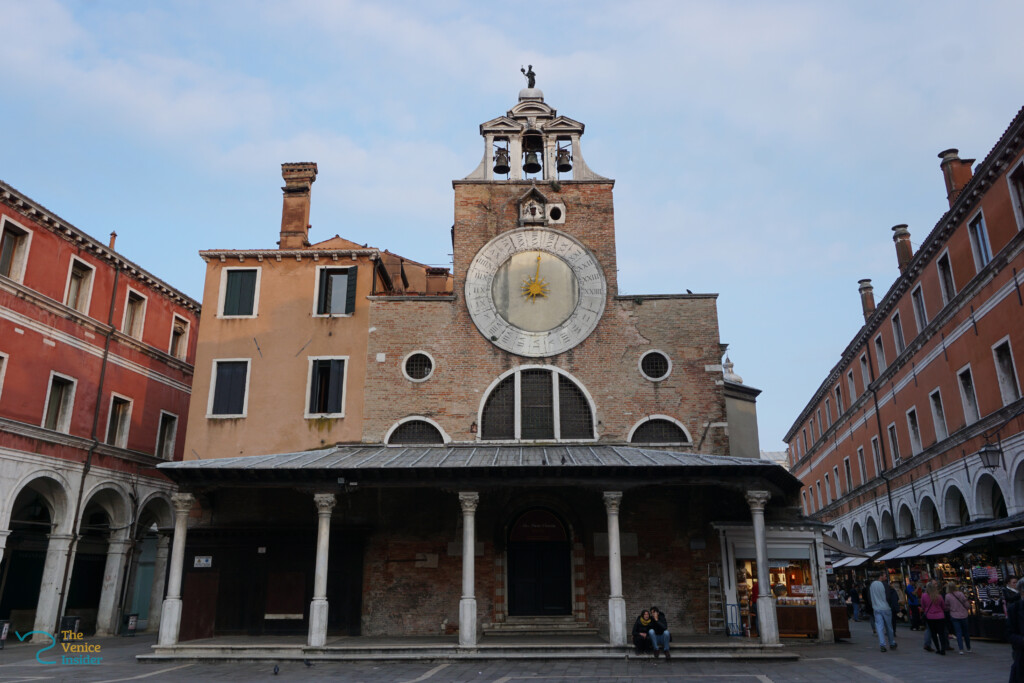
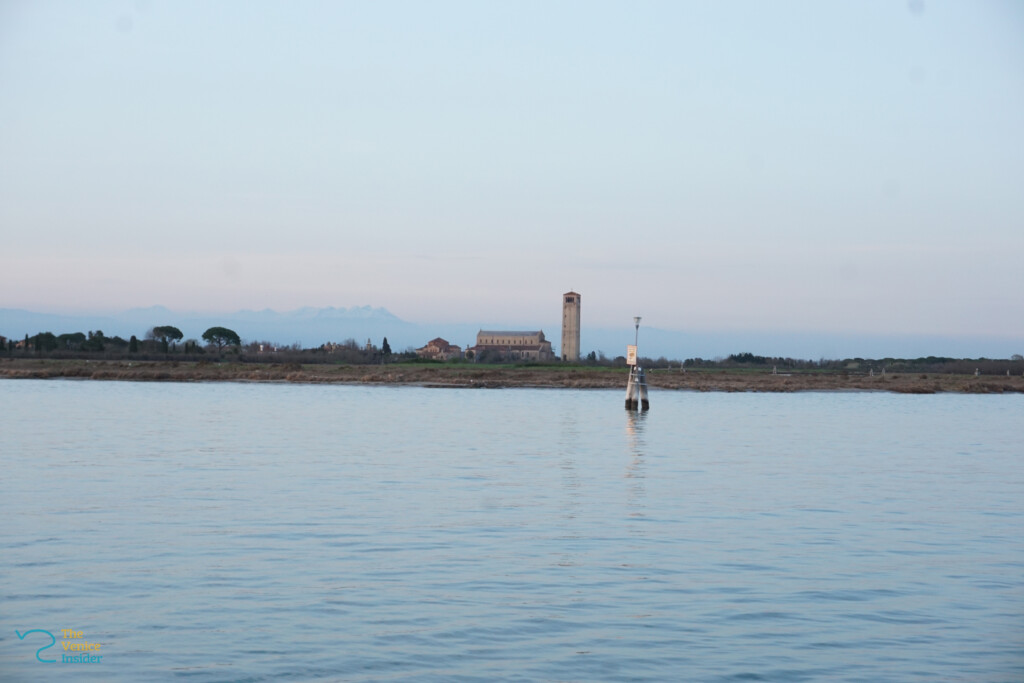
From Torcello to Castello, San Marco and Rialto
The small island of Torcello, close to Burano, is the real cradle of Venice. It is said that the inhabitants of the Roman city of Altino settled here in the 5th century, fleeing from the troops of Attila the Hun. This was the start of the habitation in the lagoon, even before Venice. Torcello was once the economic centre of the lagoon, with about 20,000 inhabitants, many palazzos and 16 monasteries.
The religious centre of Venice has long been located in the north of Castello. The earliest structures of the church and bell tower of San Pietro date from the 7th century. This used to be the basilica of Venice until 1807, while the current basilica of San Marco was the private church of the Doge.
In 809, Doge Agnello Partecipazio moved the seat of government from the centre of Malamocco to a fortress on the location where you can now find the Palazzo Ducale, or the Doge’s Palace. Since then, the San Marco area was the political heart of Venice. The construction of the current Palazzo Ducale started around 1340. The official townhall of Venice is now Ca’Farsetti, along Canal Grande.
DID YOU KNOW? Palazzo Ducale is already a museum since 1923, run at that time by the Italian State.
By the end of the 9th century, the economic centre had moved to the area around Rivoalto, now known as Rialto. Merchants from all over the world came to Venice to sell their products, such as silk, grain and spices. The Venetian Marco Polo was one of the most famous merchants of his time.
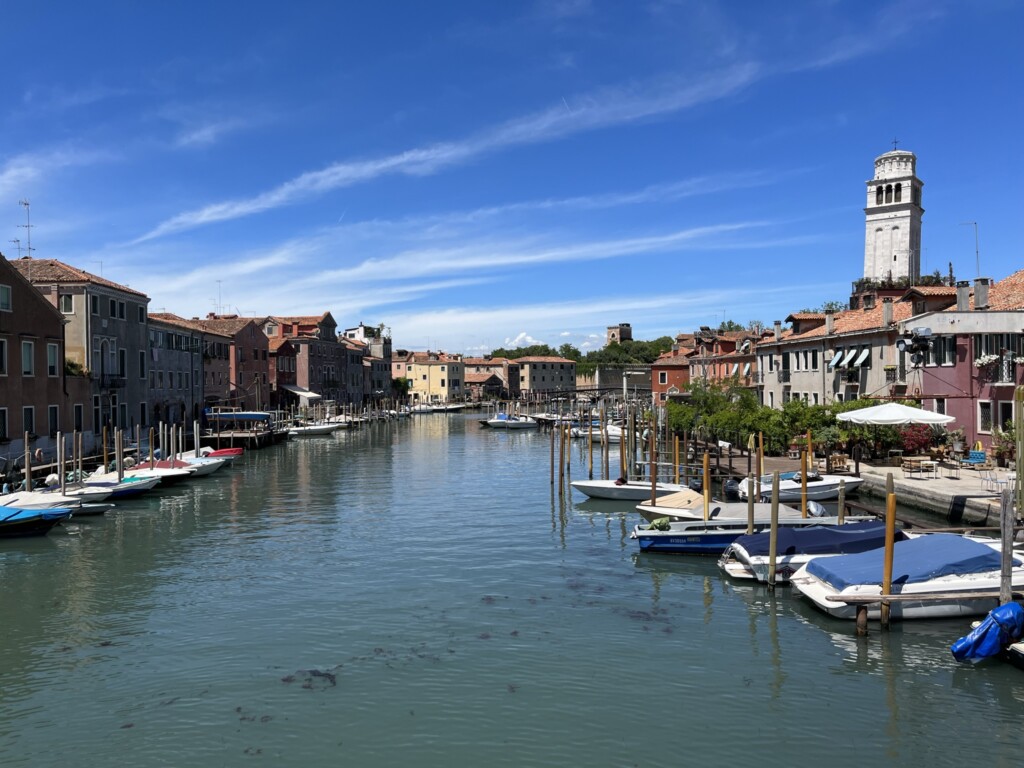
Doges and a Council of Ten
The Doge of Venice (from the Latin word Dux, or Chief of State in English) used to be the chief magistrate and leader of the city. The first Doge was Pauluccio Anafesto in 697. This date indicates the foundation of La Serenissima Repubblica di Venezia. In 726, Orso Ipato was the first Doge to be elected for life by the aristocracy of the city. The last Doge was Lodovico Manin, who was forced to abdicate by Napoleon in 1797. The most (in)famous one was probably Doge Marino Falier, who betrayed the city and was decapitated. You can easily find his spot in the portrait gallery of the Doges in the Sala del Maggior Consiglio in Palazzo Ducale. His portrait has been repainted and is now completely black.
DID YOU KNOW? The Doges lived in Palazzo Ducale, but it could almost be considered as their prison. They were hardly allowed to go outside, except for diplomatic reasons, after approval by the government and accompanied by 2 council members. The only time they could leave the palace at night was on Christmas, to visit the church on San Giorgio Maggiore.
In 1172, the Great Council (Maggior Consiglio) was installed as the parliament of the Republic. Participation was based on a hereditary right and was limited to the noble Venetian families enrolled in the Libro d’Oro (Golden Book). They had the power to define laws and elected the Council of Ten, which was created in 1310. These 10 patrician magistrates were elected for one-year terms. One of its main responsibilities was to monitor the security of the city, for which an intelligence service was created.
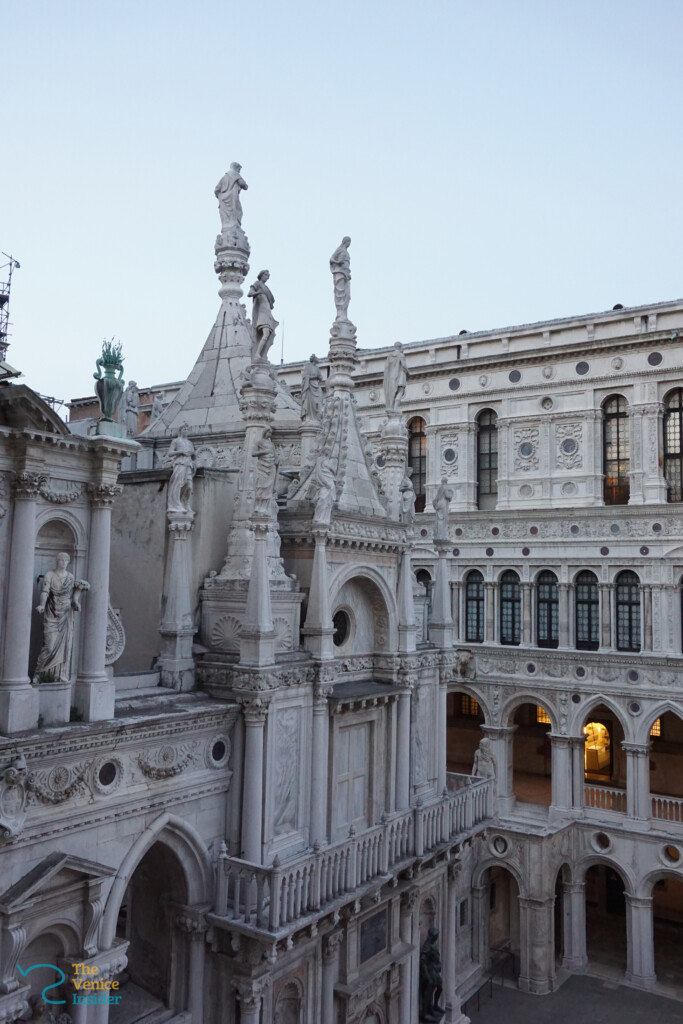
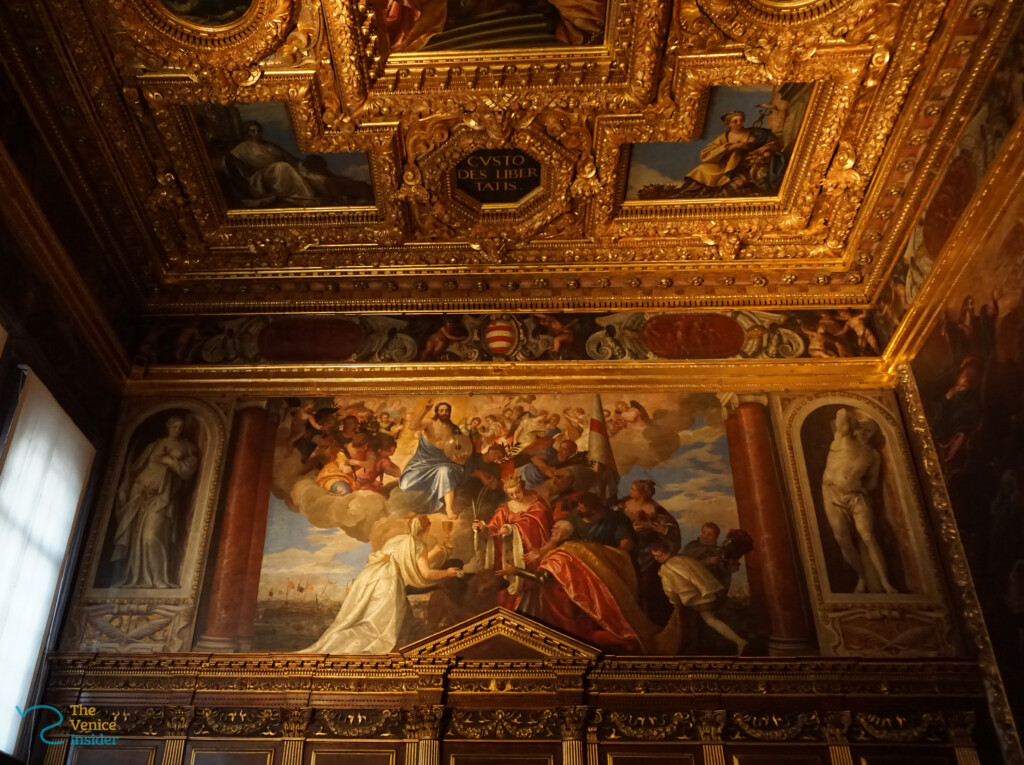
Maritime power and endless battles
The Republic of Venice has been involved in many battles, with as many wins as losses, often with the same opponents. Most battles were started to protect sea routes from piracy. The Venetian fleet, both commercially and military, relied heavily on the expertise of the shipbuilders of the Arsenale (see my post ‘The fascinating transformation behind the Arsenale walls’). One of the first battles took place in 997, when Istria and Dalmatia where freed from the Slavs and Venice gained control over the Adriatic Sea. In 1289 however, the Venetian fleet loses the battle of Curzola (Dalmatia), from Genua this time. In 1381, peace was reached with Genua after they had occupied Chioggia.
A similar story happened to Crete, which Venice conquered in 1211 but which it returned to Turkey in 1669. A peace treaty was then signed with the Turks in 1479, but it didn’t last. One of the most famous battles in the history of Venice is the Lepanto battle in 1571, when the Venetian fleet dislodged the Turks from Lepanto (Greece). In 1718, however, the Turks won the battle over Peloponesse, which marked the end of the Venetian power over sea.
DID YOU KNOW? During the crusade in Constantinople in 1204, the Venetians looted the 4 bronze horses which are now on the San Marco basilica (see my post ‘San Marco: 11 surprising facts about the Piazza of Venice’).
From Napoleon and Austria to the Italian Kingdom
The Republic of Venice ended on May 12, 1797 when Napoleon invaded Venice and Doge Lodovico Manin had to abdicate. After a couple of months, Napoleon exchanged Venice for Lombardia in an agreement with Austria. However, he acquired the city again in 1805. During his occupancy, he closed many churches and monasteries. In 1815, after the fall of Napoleon, the power was transferred back to Austria. It was briefly interrupted by the Repubblica Veneta from March 22, 1844 until August 24, 1849, under Daniele Manin.
After the defeat of the Austrian Empire in the Austro-Prussian War, Venice holds a referendum and decides to join the Italian Kingdom in 1866. This major step is symbolized in the equestrian statue of King Vittorio Emanuele II on the Riva degli Schiavoni. The woman on both sides of the monument represents Venice. The winged lion of San Marco stands on a chained scroll marked with the year 1815, which refers to the start of the second domination by the Austrians. He also has a paw on a book with the results of the referendum to include Venice in the Kingdom of Italy in 1866.
Since then, Venice has lived more or less in peace with the exception of the periods during World War I and World War II. Bombs and air raids hit the city and destroyed amongst others the Chiesa di Santa Maria Formosa.
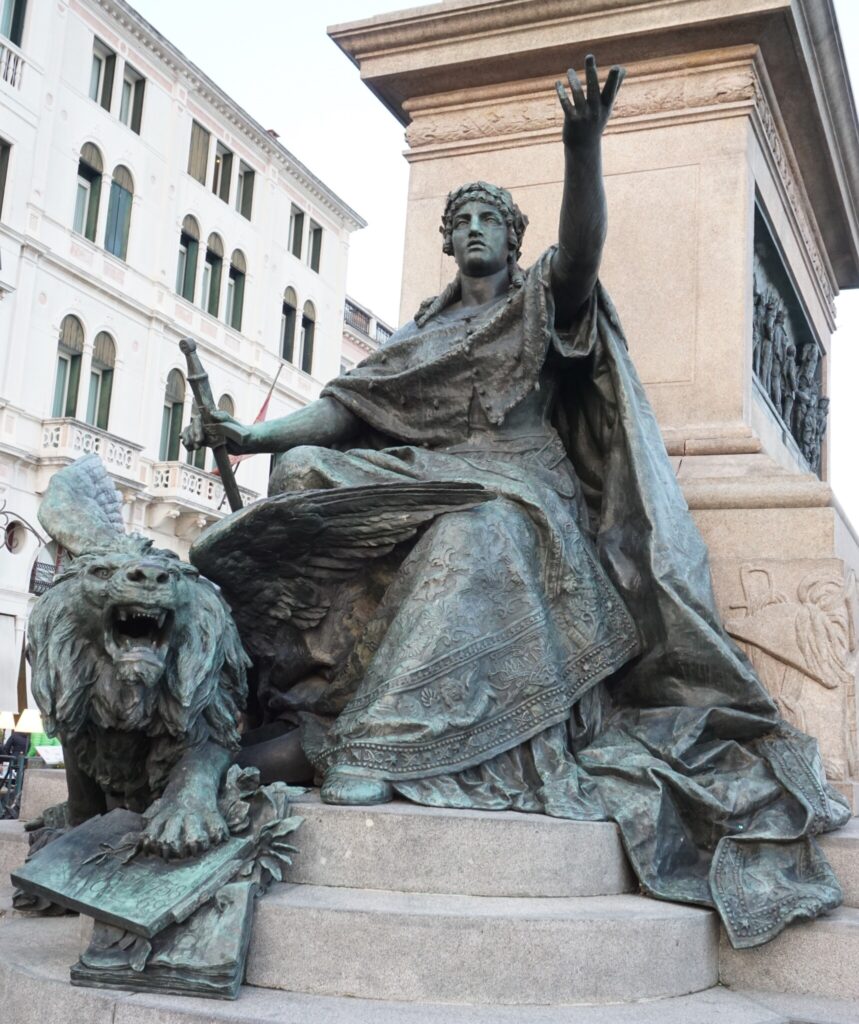
As mentioned, I didn’t intend to be complete in this post, but I hope it gave you a good background for your visit to Venice. If you want a broader perspective and a more in-depth understanding of the history of the city, I recommend you follow a tour with a knowledgeable guide such as Luisella Romeo. Alternatively, you can find more information in books such as A History of Venice by John Julius Norwich.
Enjoy your visit!
